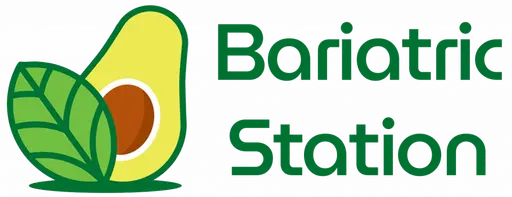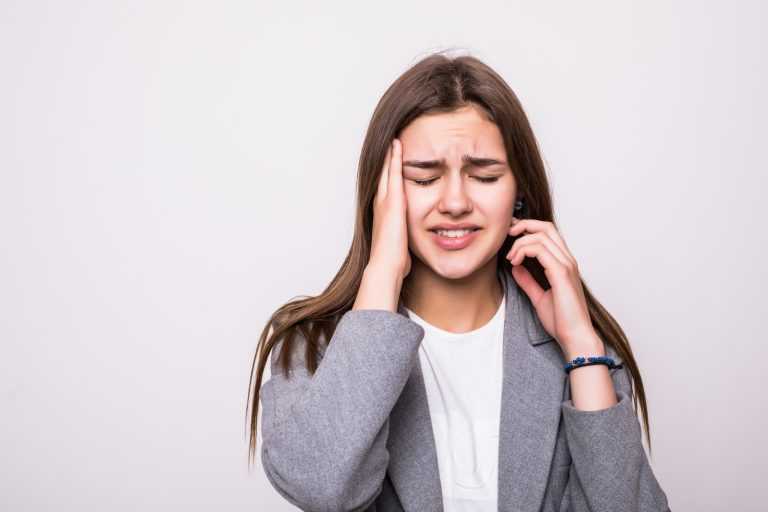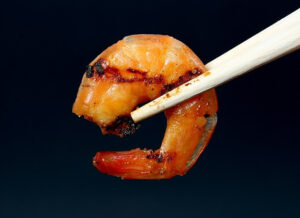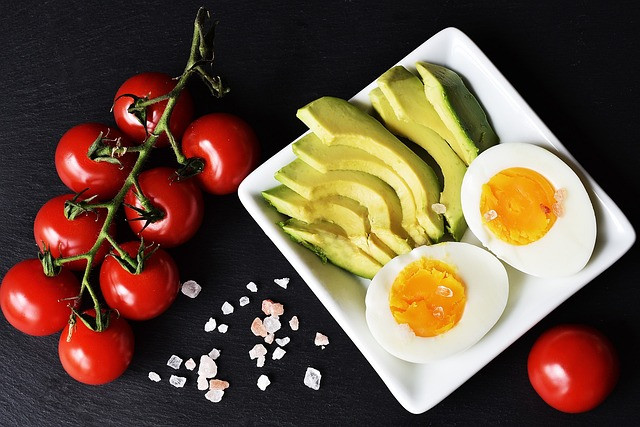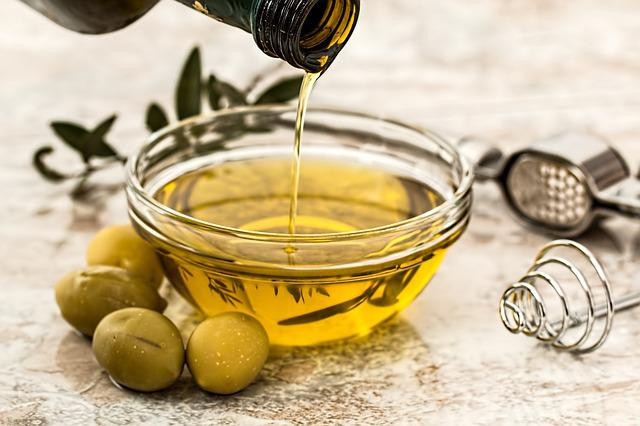Keto diet for migraine is one beneficial treatment people use for chronic migraine disorders. Migraine [1] is a pain that is more intense than mild and is accompanied by nausea, vomiting, sensitivity, and fatigue. People are constantly facing this neurological condition, and the Ketogenic diet can reduce its intensity. The Keto diet is packed with nutrients and serves to treat epilepsy, chronic headaches, and other brain disorders. The mind does not cause migraine attacks but maybe a sign of sinus disorder, brain injury, brain tumor, menstrual problem, and digestive system imbalance. [2, 3, 4 , 5]. In this article we will learn about keto diet for migraine attacks.
The auras, intense pain, nausea, and noise, and light sensitivity mean that the warriors of Migraines can do almost anything to prevent an attack. A specialized diet has caused a debate, and many people who suffer from migraines have been desperate to know if a Keto works for them. Several recent studies indicate a promising benefit of the Keto, although they are not definitive. [6]
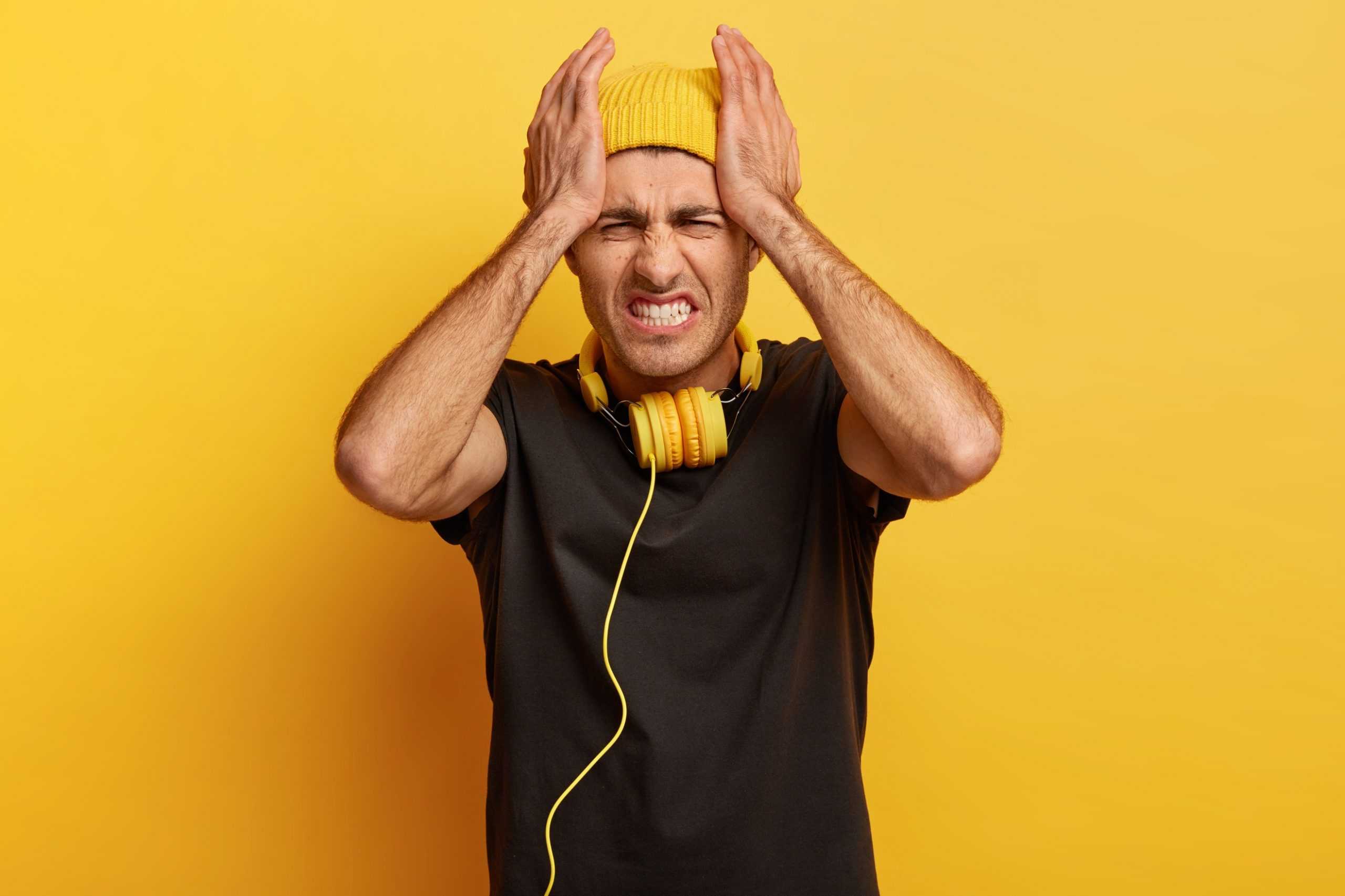
Contributing Factors: Why you have Migraine Triggers.
There is a wide range of causes that may cause headaches and various neurological disorders. Some of the following are
- Drinks: Both include alcohol in abundance and excessive caffeine.
- Strain: Stress affects your health and can cause headaches
- Bright lights: Sun glare can cause migraines since what they activate are migraines. Strong smells, including perfume, paint thinner, and others, can cause migraines.
- Changes in sleep: In certain individuals, losing sleep, having too much sleep, or jet lag can cause migraines.
- Physical variables: Migraines can be caused by extreme physical exertion.
- Changes in the weather: A migraine can be prompted by a change in weather or barometric pressure.
- Medications: Migraines can be caused by oral contraceptives and vasodilators, including nitroglycerine.
- Foodstuffs: Migraines might be caused by aged cheeses and salty and processed foods. That may be skipping meals or fasting.
Blood sugar, hypoglycemia, refers to some increased rate of insulin in our body. Research indicates that this issue’s main cause is the excessive amount of insulin in the body and insulin resistance because high insulin directly correlates with neurons and synopsis.
How does it help ketones to get rid of Migraine Attacks?
First, you’ve got to correct what you’re eating? The diet Keto is high in fat, mild in protein, and low in carbohydrates. In fruits, vegetables, and dairy products, carbs are present. Our body breaks down carbs into glucose and then delivers energy to body cells.
When the body gets ketosis, blood levels exceed the above standard source of energy, and the body burns ketones into energy. Ketones are organic compounds produced from foods that eat fat. For migraine patients, ketone bodies are perfect because they have an anti-inflammatory effect on the brain’s nerves. Migraine requires inflammatory processes, and the KETO DIET has demonstrated a protective effect on the brain’s inflammation mechanism. [7]
Treatment of Migraine with Ketogenic Diet
You would probably accept that few things on earth will make you feel unhappy if you suffer from chronic migraines or cluster headaches. Perhaps adopting a KETO DIET could offer relief? Indeed, several individuals have indicated that after transitioning to Keto, their headaches significantly improved.
A low-carb KETO DIET can help get rid of migraines. Since the brain runs ketones that enable the brain to function more effectively, it dramatically improves brain health. Ketosis decreases brain stress efficiently, allows more oxygen to be generated by neuron cells, and works properly. It improves epilepsy, memory disorders, and moods, and has a profound impact on human health. Restoring brain excitability and metabolism also plays an indispensable role.
A standard low-calorie diet is regarded as an effective method for weight loss. It helps regulate the weight of the body and stabilizes the function of the brain’s electrolytes. The pilot study suggested that 50g of carb intake per day is needed for a human. High-fat foods, moderate protein, and a limited amount of carbohydrates per day must be part of the diet chart.
Foods included in the KETO DIET map are beef, fatty fish, eggs, butter and cream, cheese, and meat. Nuts and seeds, balanced oils, a low-carb diet, avocados, and condiments. The essential parts of the diet include meat, fats, and vegetables. [8]
Have a look at the complete study on keto and brain function to know more about this topic.
The risk associated with the Keto diet:
Ketosis is safe and effective for people, but it may have common side effects described below. Low blood pressure, constipation, and kidney stones may be caused by not following the KETO DIET strategy. It also leads to serious complications, such as an increased risk of nutritional deficiencies and heart disease if not followed correctly.

Keto flu, which involves diarrhea and vomiting, and headache, including stomach pain and sleep disturbances, may be induced. For better outcomes, try this diet under the guidance of a health care provider and do it properly. Side effects only appear if keto is not done properly. [9]
How does the KETO DIET help in treatment?
The exact mechanisms behind migraine headaches are still not fully known, despite years of an observational study. [10] However, inflammation, chemical imbalances, and impaired energy metabolism in the brain are thought to include them. Keto has been used as a treatment for epilepsy for decades and is now considered an approved treatment for people who do not respond to anticonvulsant medications.
Some experts are now suggesting that for migraines, it can work similarly. Exogenous Ketones can minimize inflammation and have a beneficial impact on other factors suspected to play a role in migraines and provide an alternative energy source for the brain.
How do you follow the Keto to get the best migraine results? There are a few pointers here:
- Keep carbs very low: a KETO DIET is described as one that includes 50 or fewer grams per day of net carbs. You may be able to eat slightly more carbohydrates and still achieve migraine relief. [11] But since you’re practically guaranteed to be in ketosis by keeping your daily net carb count under 50, it’s a good place to begin.
- Learn more about it: For more detailed details and answers to popular questions about KETO DIET, check out our extensive KETO DIET guide.
- Take precautions to prevent “keto flu”: Flu-like symptoms, including headache, are fairly normal when you first initiate a KETO DIET. It can be especially beneficial to improve your salt and excess water intake.

- Get enough magnesium: A study of 21 randomized trials showed that migraine incidence and severity could be alleviated by taking oral magnesium. Try adding up to 400 mg a day or consume high-magnesium keto foods, such as leafy greens, fatty fish, nuts, and seeds.
- Speak to your doctor about drugs: If you are already taking migraine medications, consult your doctor before making any adjustments to your medications.
The Bottom Line
Keto is a diet that converts your metabolism from the burning of carbohydrates to fuel ketones. The role for ketones is to provide beneficial effects against migraine, a brain disease that causes throbbing head pain. Additional research, while encouraging, is required to assess the effectiveness of the Keto for migraine treatment.
In small studies, KETO DIETs have been shown to decrease the frequency and severity of migraines in some participants, contributing to reduced medication use. The introduction of nutritional ketosis can substantially reduce the severity and frequency of migraine attacks and promote weight loss, helping migraine patients.
